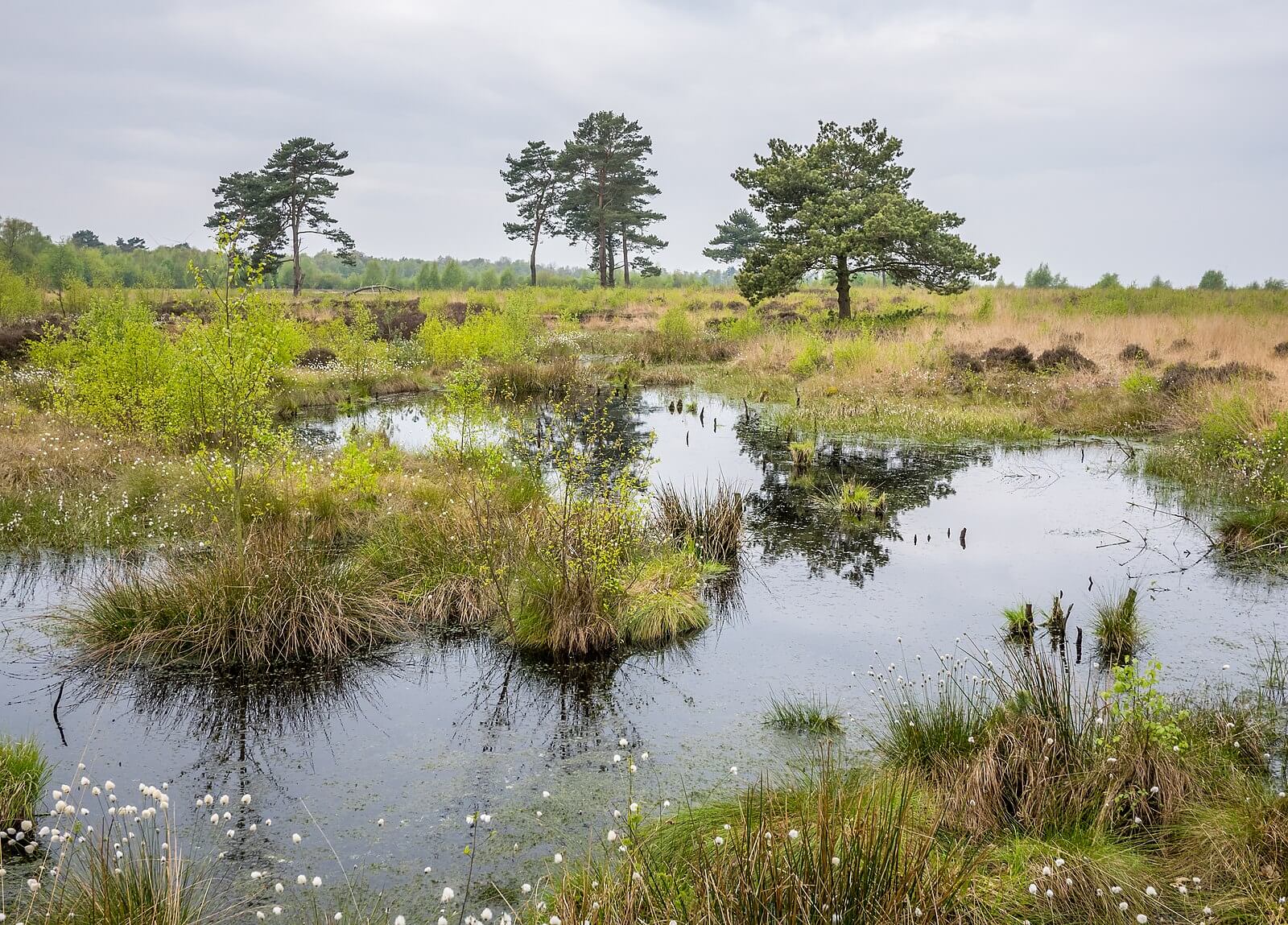Dino is a secure and privacy-friendly messaging application. It uses the XMPP (Jabber) protocol for decentralized communication. We aim to provide an intuitive, clean and modern user interface.

The 0.3 release is all about calls. Dino now supports calls between two or more people!
Calls are end-to-end encrypted and use a direct connection between the peers whenever possible, but fallbacks are also in place.
As always, we put lots of love into the user interface and hope that you will enjoy using it. To call a friend, just open a conversation with them and select whether you want to start an audio-only or a video call.
Groupcalls
You also can start a call in a private group or invite additional contacts to an existing call. Using a peer-to-peer approach for groupcalls means that no additional server support is required, besides conference rooms.
Peer-to-peer calls require more bandwidth than calls routed through a server and are thus not suited for a large number of participants. In the future, we plan to also develop calls via a forwarding server to solve resource issues on the client side and to allow for calls with more participants.
Encrypted
Calls are end-to-end encrypted with the best encryption supported by both you and your contact. The encryption keys for a call are exchanged using DTLS and the call is then encrypted with SRTP. You can see the DTLS keys used for the current call in the UI and compare them with the ones your contact sees.
Additionally, the DTLS keys are authenticated using OMEMO. If you verified the OMEMO key beforehand, you can be sure that you have an end-to-end encrypted call with a device that you trust.
Interoperabilility & Open Protocols
Calls are established and conducted using openly standardized protocols. Call intents are sent (XEP-0353) and connection methods exchanged via XMPP (RFC 6120) in a standardized way (XEP-0167), the data is encrypted (RFC 5763) and transferred (RFC 3550) all via standardized and documented means.
You can establish calls between Dino and every other application that follows these standards. Encrypted video calls can be made between Dino and for example Conversations or Movim. With clients like Gajim that don’t support encryption, making unencrypted calls is also possible. If a client doesn’t support video, audio-only calls can still be made.
Theikenmeer
Peat bogs are unique ecosystems that mitigate the effects of climate change if they’re in a natural state, but worsen climate change when they are drained. We named this Dino release “Theikenmeer” after a bog nature reserve in Germany to help spread the word about these important yet endangered ecosystems.
Peat bogs are wetlands that accumulate peat, a deposit of dead moss and other plant material. Due to low oxygen levels, moss below the water surface does not decay and thus accumulates bit by bit. By accumulating plant material, bogs store carbon. Although they only make up 3% of the world’s land surface, bogs store twice as much carbon as all forests together! [1]

Besides capturing carbon, a bog also provides other benefits to its surroundings. A bog acts like a sponge: It absorbs water when it’s abundant and releases it back into the surrounding when it’s dry. Thus, it reduces the severity of floods and droughts. Bogs also lower the temperatures in the surroundings, filter the groundwater and are home to endangered and specialized plants and animals.
During the last centuries, peat bogs have been increasingly drained in order to make use of the land or to extract the peat. When a bog is dry, the accumulated plant material starts to decay, releasing the stored carbon into the atmosphere.
Theikenmeer is a nature reserve in the north-west of Germany containing a peat bog and a lake. The peat bog has been drained to extract peat and due to nearby farming until the peat bog and the lake were completely dried out by 1977. It has been calculated that the Theikenmeer peat bog would release 2250 tons of CO₂ into the atmosphere every year while it’s dry [2]. Fortunately, volunteers started closing the drainage channels in the early 1980s. Today, the bog is wet again and bog plants and wildlife started returning into the area, allowing the bog to capture CO₂ instead of releasing it.
Theikenmeer’s peat bog belongs to a small percentage of natural peat bogs in Germany. However, over 90% of all peat bogs in Germany are still drained, causing almost 7% of Germany’s yearly greenhouse gas emissions [3]. Drained peat bogs only make up 0.3% of the world’s land surface, yet they emmit 5% of all anthropogenic greenhouse gases [1].